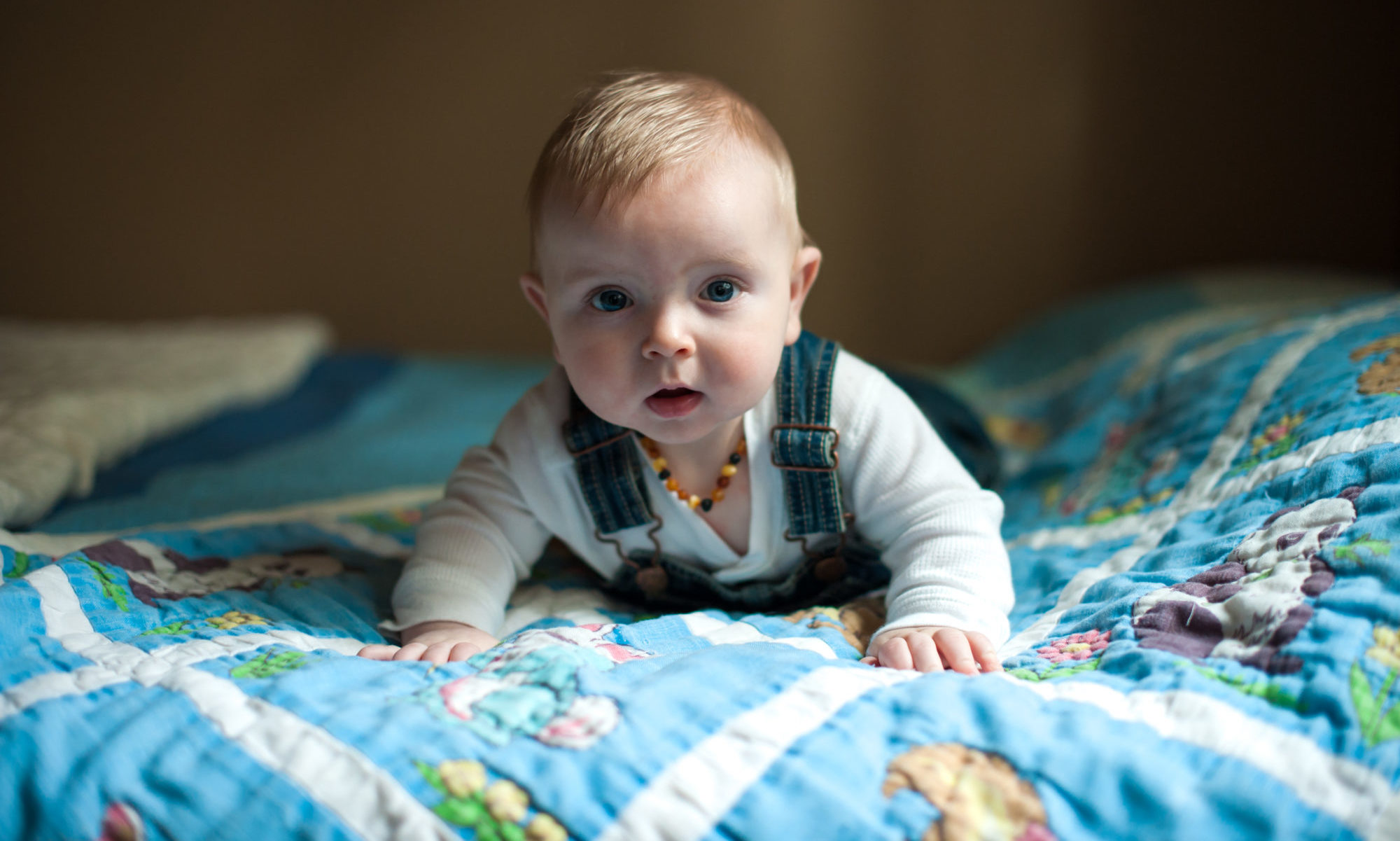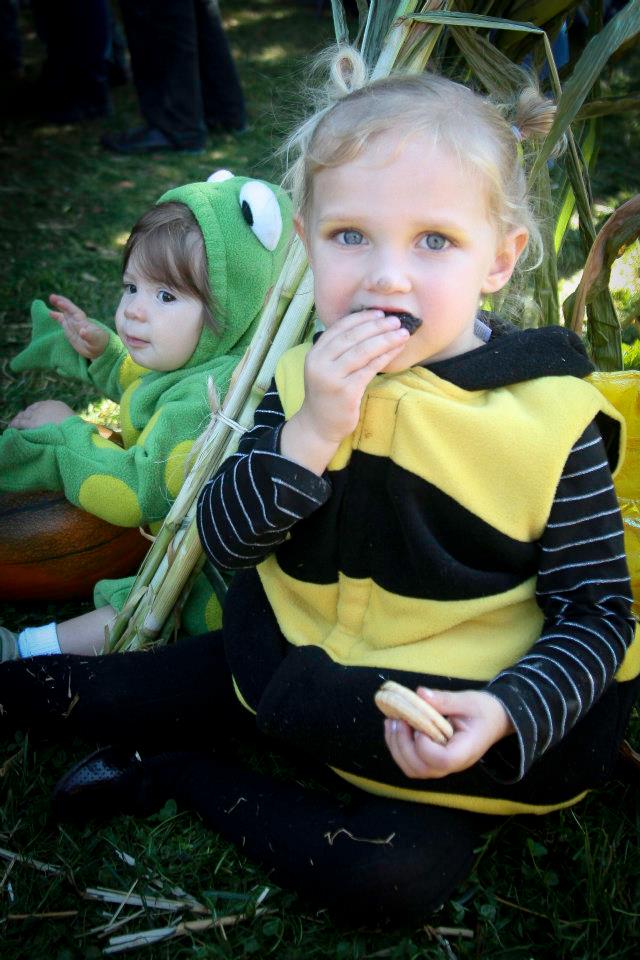I’ve had a few parents asking me about how to transform sibling rivalry so today I want to share an idea of something very specific and powerful that you can do to go from tension, fighting, and frustration to peace, love and happiness between siblings.
The bad news is it’s completely up to you to set the tone of your household and to maintain your commitment to having a peaceful and loving home life. The good news is, your children WILL follow your lead easily and naturally.
I have a whole curriculum on this topic which is under development and it’s way too much to go into today, but I wanted share the tip that has made the biggest difference for the parents I’ve worked with.
Conspiring with your family to lavish one another with acts of kindness.
This one activity can completely change the energy of your home from competition and animosity to collaboration and kindness. So how do you begin?
First, consider each member of your family and come up with a nice thing you and your child or children can do for them. At first it’s helpful to make a list so that you can keep track of the kind acts you plan to infuse into your home. After you’ve gotten some momentum going, these kinds of acts will become second nature and will happen spontaneously and often in your home, even without your direct participation. Your list might look something like this:
- Attack Dad with hugs, kisses, and “I love you’s” on Sunday morning
- Make a crown and magic wand for Rachel and then do her bidding for 15min.
- Tell Jason 3 things we appreciate about him
- Cheer for Dad when he gets back from his run
- Let Connor choose his favorite dinner
- Pretend to be a magic genie and give Claire three wishes
- Take out the trash for Jason (or do another chore for him)
- Read a story to Claire
- Hide a surprise gift for Connor in his closet
- Pick flowers and arrange them for Mom
- Play basketball with Connor and Rachel
- Send a thank you note to Grandma
Once you have a good-sized list of acts of kindness, breathe and relax and remember that your family will help you do these things. You are not alone and it’s not your job to DO all of these things. Your work is to come up with some initial ideas and help your whole family implement them.
Next, choose an item on the list and go to one or more of your children to begin to conspire with them to offer this act of kindness. This might sound something like this:
“Hey Jason, are you busy right now? I have an idea of something sweet we can do for Claire. Would you like to help me pamper her?” If your child isn’t interested, that’s OK, just go to another family member and ask.
You may want to begin by lavishing the child who is in the most distress or who exhibits the most animosity toward others. Remember that picking fights or lashing out is an indicator that your child is needing something. So, by offering your love, kindness, and generosity to the child who seems to deserve it least, you’re doing a couple of things.
First, you’re modeling for your whole family how you’re committed to treating one another, no matter what THEY DO. You are lavishing your child with love and affection for being his wonderful self even after he has lashed out at his sister because you know that he is innately good and kind, he has just temporarily lost his ability to show it.
Second, you’re nurturing a person who clearly needs your love and attention, and you’re teaching your whole family to see unkind outbursts as a signal of need, rather than something to be punished for or retaliated against.
This sets up a positive cycle in your home in which negativity and hurtfulness are quickly bombarded with loving attention. And amazingly, giving love to your reactive child can actually eradicate the underlying unmet needs and allow the child to regain his own sense of kindness and generosity.
I’m curious, have you ever tried anything like this before? How did it go? Do you have questions or concerns about implementing this? Please leave me a comment below.
And have a fantastic day, Shelly



LOVE it. We have a 2 and 6 year old who get along quite well–but there’s always room for more love and appreciation!
Question: do I introduce this as a new family “thing” or do I suggest one nice act at a time until it becomes a “family thing?”
Thanks,
Debbie
Thanks Debbie!
Really I think you can do either, but personally I like idea of simply suggesting the individual acts. To me, that makes it even more fun when kids start coming up with these acts of kindness on their own. It’s almost like they’ve invented the practice themselves, rather than being told, “this is how we’re doing things now.”
What do you think will work best in your family?
Reading this article I was often reminded of the lessons from the series of books about “The 5 Love Languages.” If anyone wonders what kinds of thoughtful acts are most appreciated by their family members, reading one of those books will really help you identify your loved ones favorites actions. Of course, everyone loves to receive love in every style, so you really can’t go wrong. 😉
Hey Elon, You read my mind! I actually crafted the list above making sure I covered all five love languages 🙂 Gary Chapman’s books are great! Highly recommend.
I agree with the idea, it’s awesome. But how do we differentiate that from outside our home? And I’m just wondering if we are not (eventually) sending a different message to our children, especially to our girls.
By “nurturing a person who clearly needs your love and attention, and you’re teaching your whole family to see unkind outbursts as a signal of need, rather than something to be punished for or retaliated against.”, are we teaching them at the same time to have what I call “the rescuer syndrome”? In other words, to see “unkind outbursts” as a need for love from people who are just unkind, and nurture in them a tolerance for emotional abuse (from loved ones or their spouse when they are older)?
I spent my early parental years teaching my oldest daughter that hands are for loving, and not for hitting. Then when she was ready for public school, she became a bully victim… When she reported it, she was labeled as a tattle tale. Supposedly, her teachers wanted her to learn to “defend” herself. She found it difficult to hit back because I spent 5 years telling her it was wrong to hit, and now they were telling her she had to “hit back to defend herself”. So now I have to re-educate her that it is wrong to hit, but not to hit back… kind of confusing for a kid.
Now, I’m very concern, and careful about how I teach her something because not every parent is like me (like us), and the ones that aren’t (like us) are far more than I expected. It’s scary!
Hi Jackie, Thank you so much for year heartfelt comment. I think it addresses an important topic that I haven’t written much about lately. The balance between offering compassion to others and standing up for ourselves can be such a tricky one! If we stray too far in one direction or the other we can become either an “aggressor” or a “victim.”
I’m feel really sad hearing that your daughter had this experience. First feeling hurt by another student, then doing the right thing by telling the truth only to be called a “tattle tale.” Ouch. And then finally to experience the almost complete reversal of what she’s learned her whole life, that it’s not OK to hit people. That DOES sound confusing.
To me this brings up thoughts and questions about supporting our kids to understand and use their personal power to fully express themselves. As an adult, I still have challenges expressing my personal power and I can remember feeling quite helpless as a young person. But maybe we can help our sons and daughters develop this important skill.
When I feel into my heart though, I still think teaching children that hitting people is not OK is the right thing to do. But maybe we also need to teach them that it’s OK to say “no” or “STOP!” I’d even go so far as to say that it’s their responsibility to express their boundaries. We each have a responsibility to care of ourselves, and hopefully we can also live in communities where others care for us too.
Does your daughter have some friends at school too? I’ve heard about some really great anti-bullying work where students, parents, teachers and administrators work together to support kids who tell the truth and talk about bullying openly.
If I were you I’d probably be scouring the internet for anti-bullying stories to share with your principal 🙂
Sending you warm hugs, Shelly
I read this vigilantly.